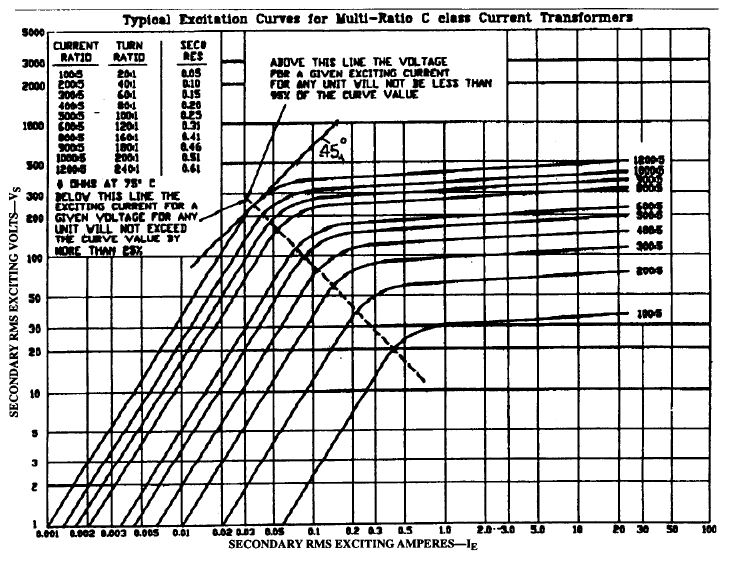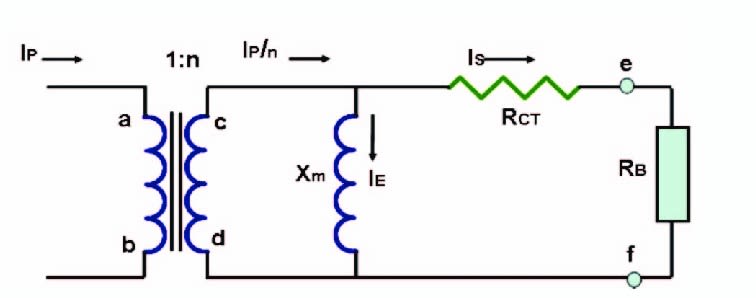As current flows through a bus that has a window CT wrapped around it, it's stepped down by the CT ratio. 100 A through a 100:5 ratio window CT results in 5 A secondary.
If 5 A of current is applied through the secondary winding of the CT, does this cause 100 A of current to flow through the bus? If the bus is de-energized and isolated, how is this ratio maintained? Where does the current flow?
If 5 A of current is applied through the secondary winding of the CT, does this cause 100 A of current to flow through the bus? If the bus is de-energized and isolated, how is this ratio maintained? Where does the current flow?



